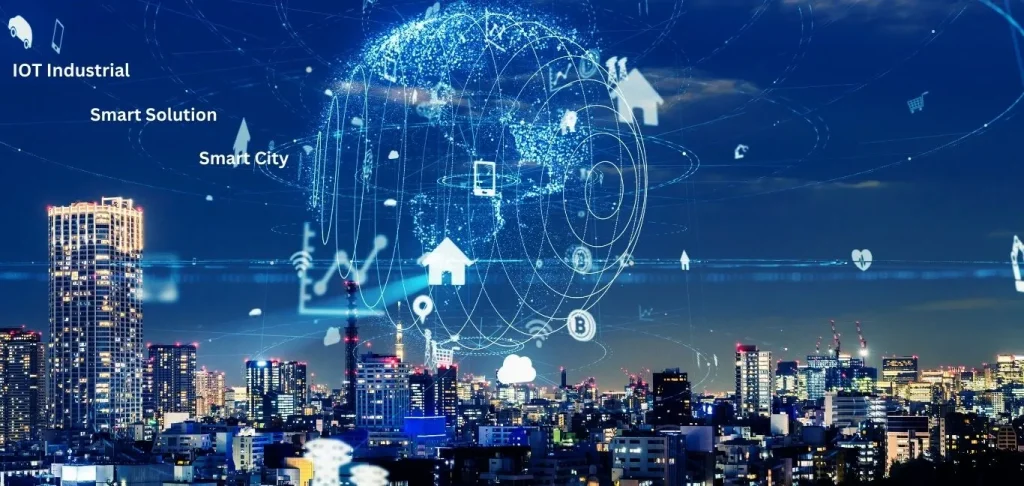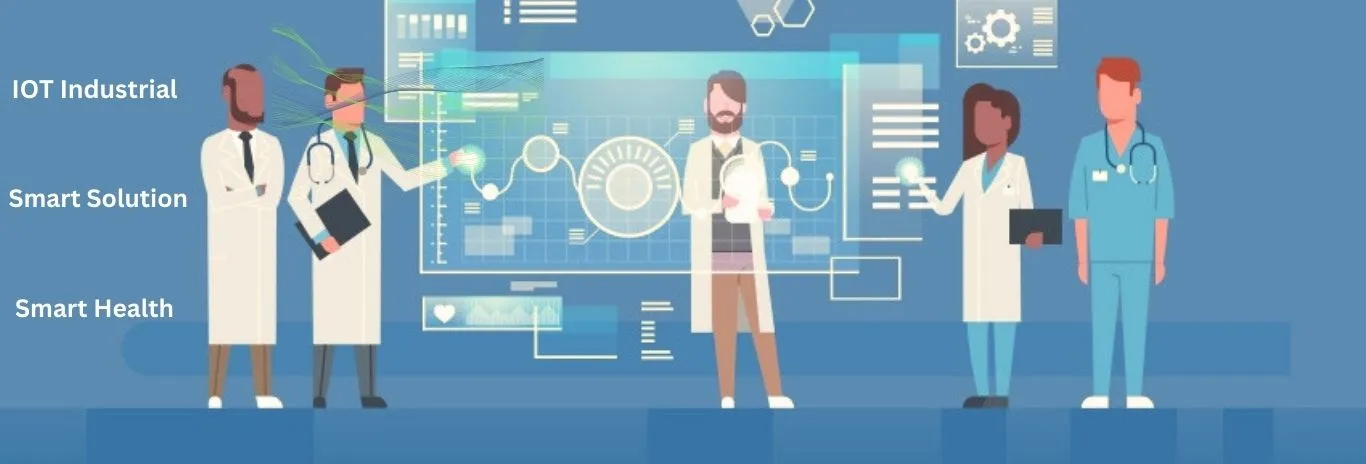- spt
- 0 Comments
- 114 Views

Smart City
In recent years, there has been an increasing trend of large numbers of people moving towards urban living. As forecasted in1 by 2030 more than 60 % of the population will live in an urban environment. Some of the systems that can address the challenges related to increased population will contribute to the development of the Smart City. The Smart City concept operates in a complex urban environment, incorporating several complex systems of infrastructure, human behaviour, technology, social and political structures and the economy. A Smart City provides an intelligent way to manage components such as transport, health, energy, homes and buildings and the environment. The data generated by these components are primarily by wireless sensor networks. Wireless sensor networks have been deployed in many industrial and consumer applications such as health monitoring, smart home applications, water monitoring and environment monitoring.Every time a city improves upon its existing structures to incorporate more data-driven or connected technologies, it becomes more intelligent. Examples of smart-city enhancements beyond smart transportation include sensors to monitor air quality and temperature fluctuations, IoT technology in public buildings to conserve energy and data-driven waste pick-up management. But the crown jewel of any smart city is how smart transportation can revolutionize how cities operate and how people move within them.
Smart Transportation
What is smart transportation?
Samar transportation includes the use of several technologies, from basic management systems such as car navigation; traffic signal control systems; container management systems; automatic number plate recognition to speed cameras to monitoring applications, extending to more advanced applications that integrate live data and feedback from multiple external sources
What is a smart transportation system?
Mobility is a major concern for any city. As urban populations continue to grow, the number of people trying to get from A to B in and around cities is also growing at a pace that cannot be sustained under current transportation systems.
An STS aims to achieve traffic efficiency, helping to minimize traffic problems whilst providing real-time, up-to-date information to passenger and travelers across multiple modes of transport within a city.
How does a smart transportation system work?
According to report commissioned by Genesee County,” Shaping out transportation future together”, they identified 16 types of technology- based systems that make up an intelligent transportation system. These are divided into two separate areas: intelligent infrastructure systems and intelligent vehicle systems.
Intelligent infrastructure systems:
- Arterial management
- Freeway Management
- Transit Management
- Incident Management
- Emergency Management
- Electronic Payment and Pricing
- Traveler Information
- Crash Prevention and Safety
- Roadway Operations and Maintenance
- Road Weather Management
- Commercial Vehicle Operations
- Inter modal Freight
Intelligent vehicle systems:
- Collision Avoidance systems
- Driver Assistance Systems
- Collision Notification Systems
Together, these technologies comprise an intelligent transport system, helping to improve travel conditions and improve the overal’liveability’ of a city.
Smart Parking
What issues you would come into while parking vehicles?
- Parking lot is saturated– The most severe issue is the increasing number of vehicles with no increase in the parking space,hence,resulting in the jam.
- Overpay– Sometimes,drivers or customer don’t know how long they will stay at a specific place. Therefore,they overpay the parking fees sometimes.
- Environment impact– The parking lot accumulated amounts of contaminant that are unable to be absorbed,which are flushed into the water body when raining.
- On-street or Off-street parking– There’re not enough space on the parking lot of the shopping malls or reservation areas,in this case,severe traffic jam will appear.
- Improper use of existent parking lot– People are always in a hurry and get impatient to parking properly,which result in insufficient parking space for other vehicles.
Smart parking systems are widely used to improve People’s Daily life, so the use of smart parking systems is expected to increase constantly. The system can also add the following advanced functions, making it a multi-functional management tool.
- Parking demand management and space optimization
- Personalized parking guidance
- parking reservation system
- dynamic parking price and policy optimization
- parking area, charging, illegal parking detection
For large parking lots, augmented reality might create a mapping function on real images captured by smartphones. These AR outdoor and indoor navigation systems can guide drivers to their parked cars via virtual paths.
Another innovation is the use of visual image processing technology to catch the license plate number of a car and identify it with the help of optical character recognition technology. It then automatically opens the gate to the parking lot and the system lead the driver to a suitable parking lot space.
The future of smart parking systems seems prospective. The technologies behind this solution include the Internet of Things, artificial intelligence, machine learning and augmented reality, which are also driving the digital transformation of enterprises in industry 4.0 terms. Leveraging these innovations, Parking 4.0 will improve the efficiency of parking systems by addressing urbanization challenges.
Smart Home
what is a smart home?

